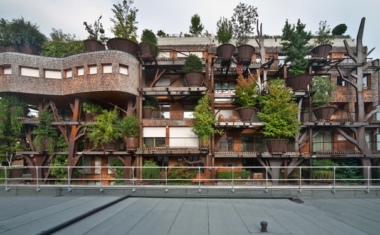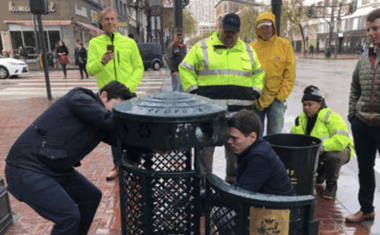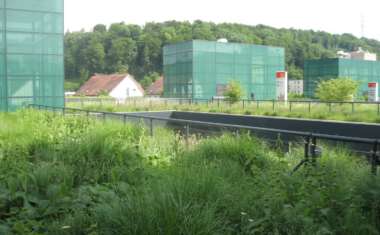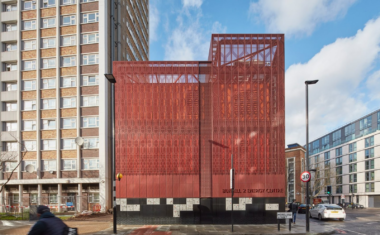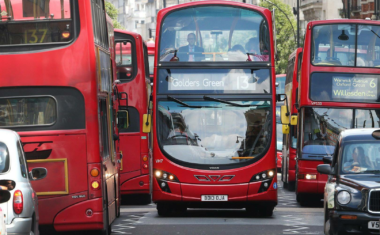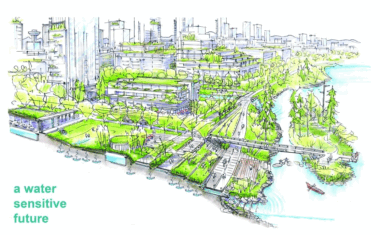The Multi-Faceted Bus Shelters of Paris
- 6 min to read
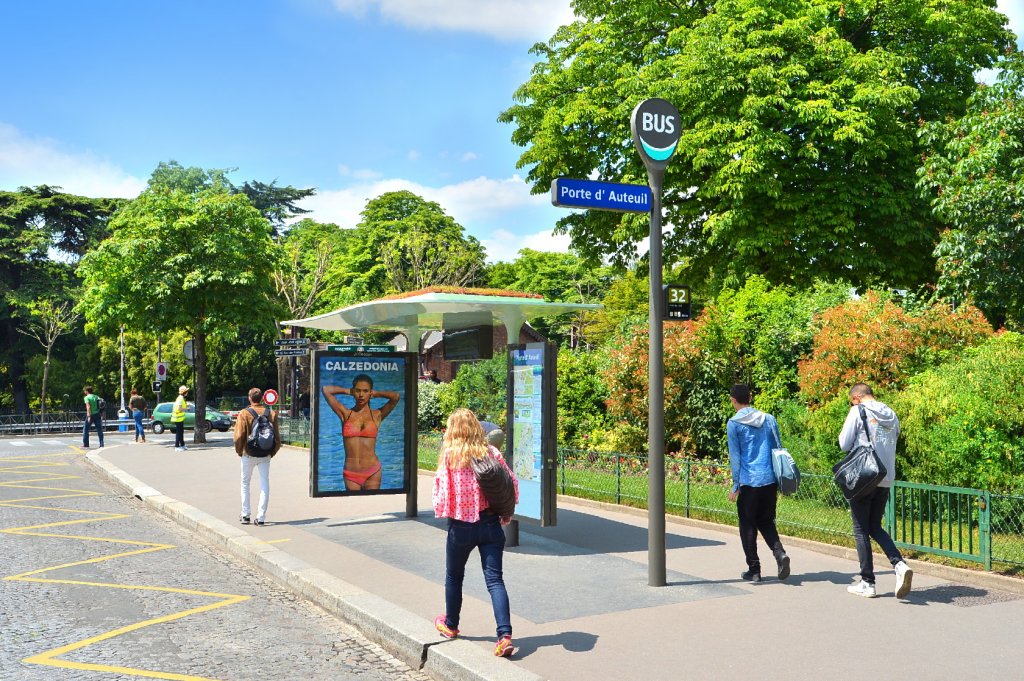
About the city. Energy consumption and the carbon footprint have become a major concern for political leaders, especially in major cities like Paris. Anne Hidalgo, the mayor of Paris, has set ambitious goals that must be achieved by 2050. She plans to reduce greenhouse gas emissions by 75% and to produce 25% of its energy needs from renewable sources.
Goal
The aim of the project is to turn Paris into a green, accessible and connected city.
Implementation period. Mayor of Paris Anne Hidalgo launched the project in 2015.
Fact
Nearly 331 million passengers a year use the bus network, by day and night (figure from the Observatoire des Déplacements 2013).
Solutions
The new design of the bus shelters is modern and eco-friendly, with sleek, soft flowing lines and a roof inspired by the leaves of plane trees, so symbolic of the French capital, and a shape similar to the Islands in the Seine river. Developed mainly by French SMEs and certified by ” Origine France Garantie” (made in France), these new-generation bus shelters offer a streamlined and modern structure that blends in with the capital’s exceptional urban environment.
The Paris City Council and JCDecaux conducted an urban diagnostic of 2,000 bus stop locations in order to adapt each shelter to its environment. Based on this work, each place was planned in detail: the size of the shelter, configuration, location of the signal mast, etc. Each stop was a true micro-project of planning, involving all participants: the police department, Architectes des Bâtiments de France( French architectural review board), RATP, STIF, mayors of various districts, etc.
The new bus stops are smart and interactive, offering an unprecedented set of innovative services available to everyone, from people waiting for the bus to pedestrians and visitors.
In addition to information about the nearest bus arrivals, bus shelters provide maps of the city and surrounding area, real-time traffic information, and USB ports for charging mobile phones. A voice notification system for the visually impaired is also integrated. The seating areas are wider and more plentiful, and the roofs are larger to provide comfort for as many people as possible. The signal masts were designed so that pedestrians could see them from afar, both day and night. They provide a wide range of information, such as the name of the stop, line number, direction, and waiting time. A hundred 32-inch wide-format digital displays were also installed at some bus stops. These interactive touch screens offer useful everyday information with practical and accessible content, providing both local and visiting passengers with innovative, powerful and high-quality services.
Team
Paris City Hall and JCDecaux (the French leading advertising company)
Timeline
-
On 19 November 2013, the Paris City Council’s tender department unanimously awarded SOPACT, a subsidiary of JCDecaux, the contract to design, roll-out and maintain 2,000 new bus shelters.
-
2,000 bus shelters were installed across Paris in 2015.
-
New bus stops consume 35% less energy than their predecessors because of the use of more efficient lighting technologies and activity-responsive light intensity for advertising and lighting systems. In addition, 100 bus stops were equipped with solar panels to reduce energy consumption, and 50 roofs have plant cover. JCDecaux teams do not connect their bus stops to the drinking water system; instead, they use recuperated rainwater, 17% of which is captured by an innovative system installed on the roofs of buildings.
If you notice an error or inaccuracy in our editorials, please email [email protected] so we can look into it.

